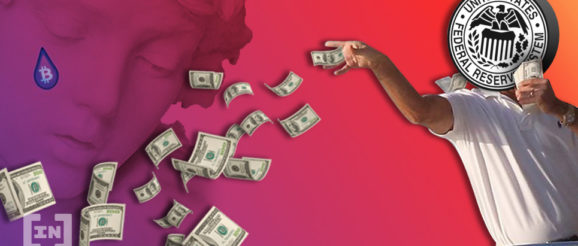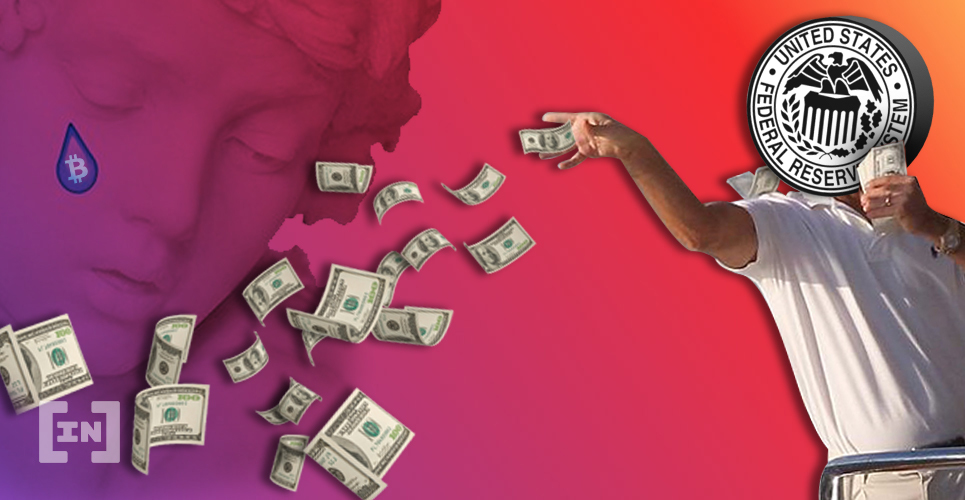The Federal Reserve Was a ‘Decentralized Innovation’ (Like Bitcoin)


For some, it will come as a surprise that the Federal Reserve, the United States’ Central Bank, is just over 100 years old. The Fed has become so ingrained as the controller of money, and monetary policy, that it seems odd it was once an innovative, new, and decentralized idea — much like Bitcoin is now.
In fact, the creation of the Fed is an interesting history lesson and one that may be applicable today. The Fed was spawned out of a system that was in dire need of reform. This has a similar ring to it today with the emergence of Bitcoin and decentralized cryptocurrencies emerging from the 2008 financial crisis. The current Federal monetary policies have many calling for change, and Bitcoin’s financial system seems to address these concerns.
The Fed is over 100 years old and came to replace a banking system that was struggling for acceptance at the time. It was also seen as a compromise, becoming a decentralized central bank. Today, it may be that this innovative alternative has run its course, and Bitcoin might be the next system to take monetary policy forward.
Understanding the Past to Gauge the Future
The history of how the Fed came to be is a fascinating one. The Federal Reserve System was created in 1913, but central banking goes back to 1791, some 16 years after the US dollar was created.
The first attempt at central banking came when Congress established the First Bank of the United States, headquartered in Philadelphia, in 1791. But, many agrarian minded Americans were uncomfortable with the idea of a large and powerful bank and opposed it, bringing its charter to an end 20 years later.
Central banking got another go in 1816 when Congress agreed to charter the Second Bank of the United States, but when Andrew Jackson came to power, he vowed to kill it off, and its 20-year charter also ended in 1836.
What followed was the free banking era, but that had its problems when bank runs and financial panics plagued the economy and sent the US into a massive depression, highlighting the need for a central authority to ensure a healthy banking system.
But, a compromise was reached as the call was for a central bank under public, not banker, control. This led to President Woodrow Wilson signing the Federal Reserve Act into law. It stood as a classic example of compromise—a decentralized central bank that balanced the competing interests of private banks and populist sentiment.
Bitcoin and a New Era
With that history in mind, it is not as difficult to see that popular sentiment and public demands are a powerful tool in shaping the monetary system. With the current Fed policies being criticized as dangerous in regards to inflation, the sentiment is shifting more towards a decentralized requirement.
Director at Van Eck, Gabor Gurbacs, has also made mention how there could be a Bitcoin-fueled shift in how money is controlled in the coming years as the desire shifts towards more decentralized practices.
Many tend to forget that the Federal Reserve System is a recent creation (1913). Central banks and governments historically didn’t used to centrally control money. Maybe we are experiencing a small part of history. Central banking wasn’t the norm. #Bitcoin https://t.co/Fl6pXBYKbF pic.twitter.com/oMVs75kT8d
— Gabor Gurbacs (@gaborgurbacs) February 17, 2020
Of course, a shift towards Bitcoin as the new standard in regards to monetary control seems far-fetched. Still, the notion of a decentralized central bank was just as idiosyncratic in 1913. The sentimental shift is tangible, and the foundation of a viable alternative is present, too. Hence, it remains to be seen what the next evolution of money for the Fed really is.
The post The Federal Reserve Was a ‘Decentralized Innovation’ (Like Bitcoin) appeared first on BeInCrypto.
